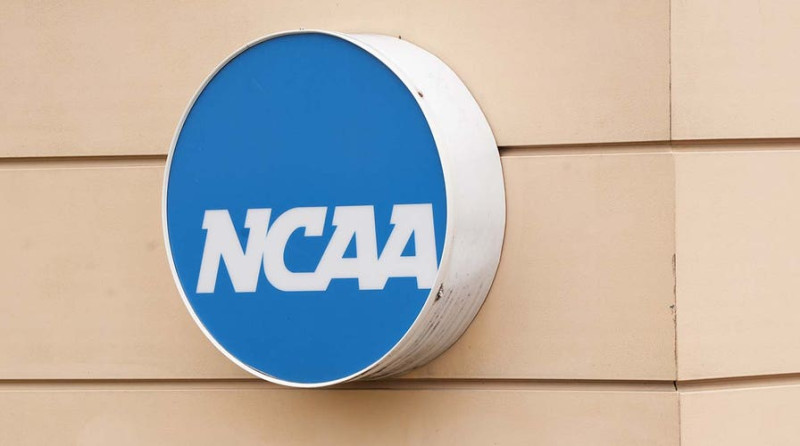A federal judge has granted final approval to the House v. NCAA settlement, marking a seismic shift in college athletics. For the first time, universities can directly pay student-athletes, ending the NCAA’s 119-year amateurism model and launching a new era of revenue sharing starting July 1.
The $2.8 billion, 10-year settlement resolves three major antitrust lawsuits and includes back payments to athletes who were barred from signing name, image, and likeness (NIL) deals since 2016. Schools will now be able to allocate up to $20.5 million per year from athletic department revenues to compensate athletes, with the cap set to rise annually Most of these funds are expected to go to football and men’s basketball players, but women’s basketball and other sports are also included.
This settlement not only compensates past athletes but also establishes a framework for future direct payments, fundamentally changing how college sports programs like Notre Dame and Penn State operate. The new rules will coexist with existing NIL deals from third parties, though increased scrutiny is expected for those arrangements.
NCAA President Charlie Baker called the settlement a “new beginning” for college sports, emphasizing that it brings clarity and stability to a rapidly evolving landscape As schools prepare to implement these changes for the 2025-26 season, questions remain about how each program will divide revenue and what the long-term impact will be on recruiting, competition, and the business of college athletics.

